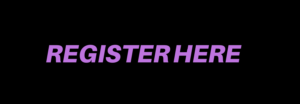Join us for an artist talk moderated by Paul Branton!
Paul Branton, artist and curator of SSCAC’s current exhibition BendingLight, will facilitate an artist talk with the exhibiting artists of SSCAC’s current exhibition Bending Light, detailing the exhibition’s themes and subject matter as it relates to explorations of color and identity.
The artists explore the impact of color on Black identity, potential, and the intricate interplay between societal perceptions and individual existence. Artists will include Eddie “Edo” Santana, Pearlie Taylor, Courtney Collins, Robert Lewis Clark, and Bryant Lamont.




